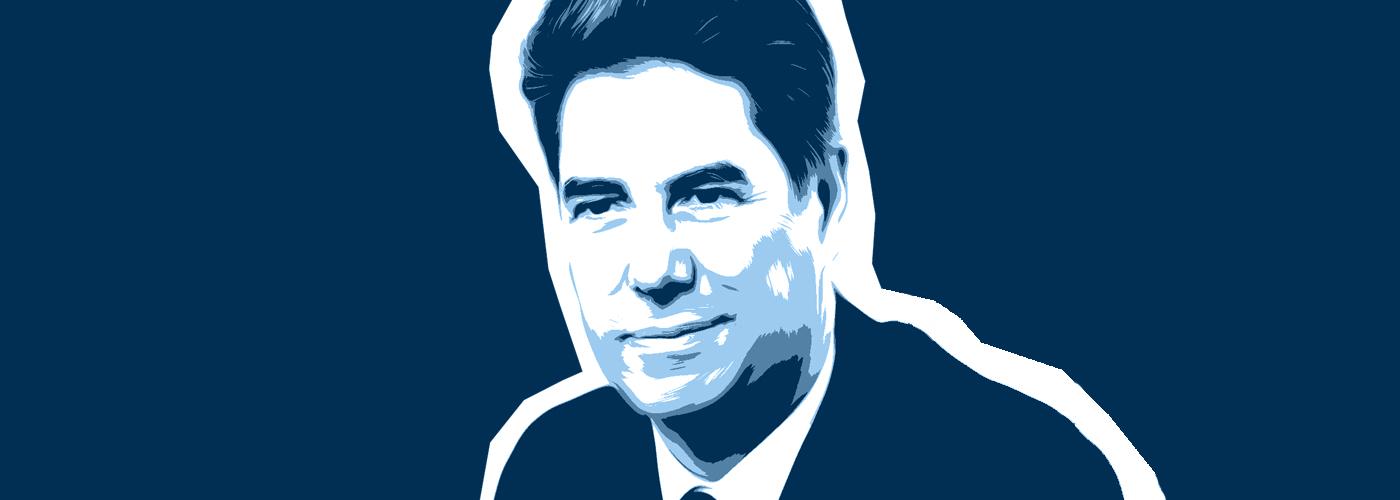
China, a global powerhouse that saw the devastating effects of Covid-19 early on, is making laudable progress towards recovery, the latest data indicate. While Chinese markets are still far from returning to their pre-pandemic vigor, key performance indicators in exports, travel and hotel occupancy suggest that China's economy has touched bottom and is flickering back to life.
The sustainability of these positive developments is unclear at this time, but the progress itself is encouraging. Although China has eased lockdown measures in Wuhan, where the virus seemed to originate, and in other cities as Covid-19 cases have subsided, a resurgence in infections could rock the economy later this year. In addition, geopolitical tensions, particularly with the U.S., could dampen China's trade with the West.
That said, growing signs that the world's second biggest economy may be on the rebound is encouraging to investors.
We are keeping a close eye on developments in China given Eurazeo’s presence and investment in the country. Managing Director and Head of Eurazeo China Eddie Chen, based in our Shanghai office, has been analyzing the situation closely—here are some significant performance measures he and the team are seeing.
Key Metrics:
- GDP: China's GDP fell 6.8% in Q1, ending a long arc of growth of 6% to 7% a year. The worse-hit sector was accommodation and catering, down 35%, followed by wholesale/retail trade and construction, both falling 18%. Only financial intermediation and technology, up 6% and 13%, respectively, exhibited growth (April's GDP has not been reported).
- PMI: In a positive vein, the Purchasing Managers Index (PMI), a gauge of sentiment in manufacturing and services, stood at 50.6 in May, following an increase in April and in line with pre-Covid-19 levels.
- Exports/Shipping: Export volume in April was up 3.5% year-over-year after tumbling sharply in Q1, as growth turned positive for most regions. Year to date through April, exports were down 9%. In shipping, confidence measures (released quarterly) were low in Q1, signaling a weaker outlook.
- Corporate liquidity: The Bank of China has made capital easier to come by, lowering the key Loan Prime Rate twice this year. An April cut reduced the 1-year LPR by 20 bps, to 3.85%, and the 5-year rates by 10 bps, to 4.65%. The government is encouraging small and medium-sized enterprises (SMEs) to improve liquidity by seeking out financing channels and strengthening inventory and risk management across the supply chain.
- Consumer spending: After contracting 20% year over year in January and February, overall spending on consumer goods and services fell slightly less, 7.5%, in April. Online sales were a bright spot, with online food sales up more than 26.4% in the first two months, 32.7% in March, and 36.7% in April.
- Travel/Hospitality: Trends in travel and hospitality have been notably encouraging. While domestic travel fell sharply through May 1—with about half as many travelers than in the first four months of 2019—the number rose about 18% in early May from late April, during a 5-day national holiday. 64% of people opted to drive their own vehicles, a new record for the May holiday. In addition, hotel occupancy was 60% higher than during the nation's Tomb Sweeping holiday in early April. Several hotels and resorts, including Atlantis Sanya, Club Med Joyview and resorts in Yanqing, Beijing were fully booked or close to it, and high-end hotels in Chongqing were 70% full. Restaurant revenue was nearly 19% greater than during the April break.
- Schools: Colleges and universities began a phased reopening—those in some provinces opening sooner than in others—starting April 1 (week 11 of the coronavirus outbreak). Secondary school started to reopen on March 16, and primary schools and kindergartens on April 13. Nurseries remain closed. At this point, most provinces will finish reopening of higher education, secondary and primary schools by June 8th; over a half of provinces will start to open kindergartens after June 8th; nurseries are mostly closed but operations will start to pick up in a few regions after June 2nd. Strict sanitary measures are in effect at all schools.
- Healthcare: Medical care in China has largely returned to normal, according to the National Health Commission, with non-critical services like rehabilitation, otolaryngology, stomatology and ophthalmology, returning more slowly than critical care. As of May 17, all hospitals in Wuhan returned to normal operations. Also in Wuhan, the government rolled out mandatory testing for the city’s 11 million residents to combat any further spread of the virus.
We are encouraged to see data trending towards a recovery in China. As the situation continues to evolve, Eurazeo will remain vigilant as we keep a pulse on the region and its impact on the global economy.
Read on LinkedIn



























